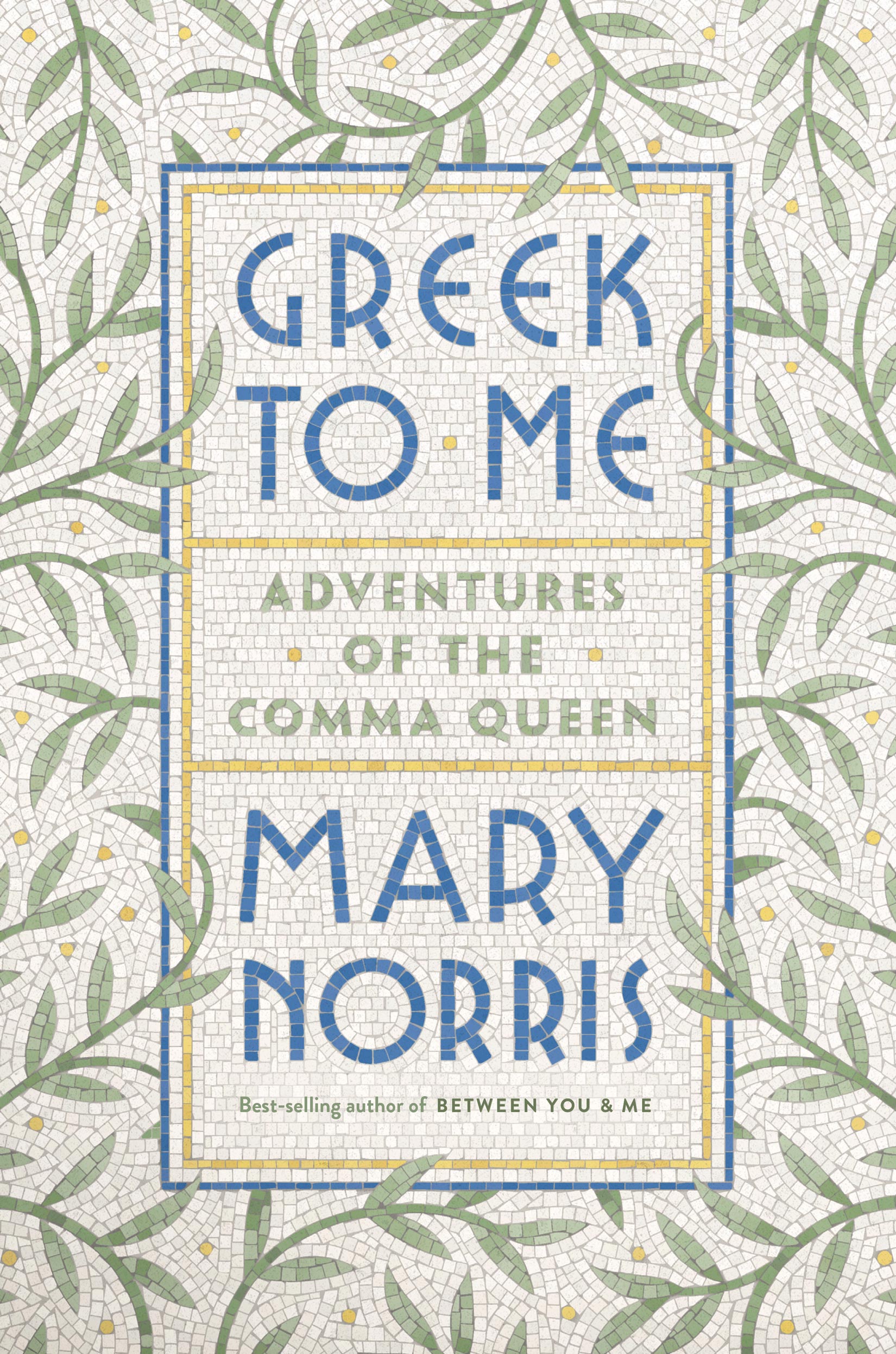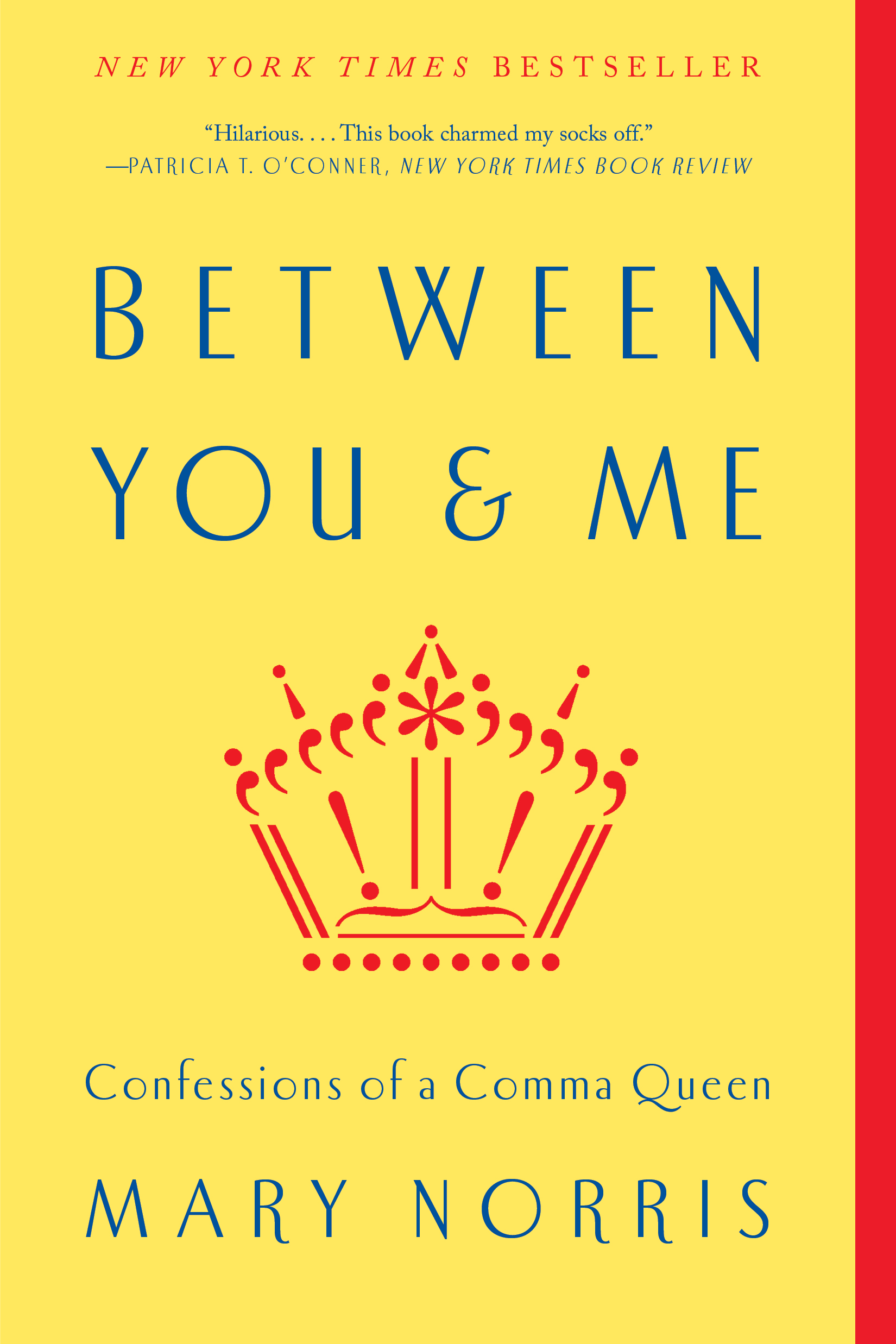Backstage at TED
My TED Talk was released last Friday, April 15th, just in time for Happy Hour. When I wrote that to my publishers, who naturally hope that a TED Talk will help sell books, they thought I meant that I would be celebrating at the nearest bar. I was being sarcastic, an effect that is often lost in e-mail. I thought it extremely unlikely that anyone would spend Friday evening watching a TED Talk about the life of a copy editor. But Monday during business hours? It might have a chance. Anyway, it is viewable here.
In case you are wondering how this works, the TED team starts way in advance. Someone first got in touch with me back in September or October, and someone else nailed down the travel details—the conference was in February, in Vancouver—before anyone could possibly know whether I would be able to think of anything to say. There was a steady flow of e-mails over several months: register for the conference, schedule a rehearsal time, send bio and photo, provide info for badge, RSVP for dinner, compose a list of books, download the conference app . . . I got so many TED e-mails that they started going into spam.
My first idea, presented at a rehearsal for which I was humiliatingly unprepared, was to take on the commas in the Second Amendment. (I soon found out that someone far more qualified was scheduled to speak on the subject of gun control.) Then I gathered all the punctuation jokes I could find into a monologue, featuring what I call the vocative comma (“Let’s eat, Grandma” versus “Let’s eat Grandma”), the serial comma, and the Graham Greene deathbed comma (in which the great stickler stripped his official biographer of the exclusive right to sort through his archive). I proposed to deliver the monologue in full Comma Queen regalia, with crown, comma shaker, giant-pencil scepter, and comma-print stole. My jokes were politely rejected and the costume idea scrapped.
Finally, the woman who was helping me develop the talk suggested two subjects, and I went with one of them: the relation of the copy editor and the writer. She said it would help if I had slides, and the tech team made the slides and promised to click through them for me. This was crucial. I had to admit that slides would help, but I didn’t trust myself to press a button and talk at the same time. Furthermore, I would be allowed to speak from notes at a lectern. Not having to memorize the talk took off layers of pressure as thick as a geological epoch.
In February, I flew to Vancouver, where I had a room with a view of the water—not that you could see it. It rains a lot in Vancouver in February. The conference was in the convention center down the street. It featured loads of free stuff, much of it edible, and I did my best to resist, but soon I was taking gourmet peanut-butter cups back to my room, and sampling coconut chips and seaweed snacks and Chilean wine and matcha tea. Lunch appeared, and food trucks—all free. Conference attendees can watch the talks live in the auditorium or live-streamed on any of several TVs, some of them in lounges with beanbag chairs.
My talk was scheduled for Wednesday morning. I showed up in makeup at 7 A.M. Screens behind you magnify your image for the audience, as if you were running for office. I looked to myself like a hard-lacquered, thin-lipped version of me, but the makeup artist had worked hard, so I didn’t complain.
There was a Madonna microphone, the kind that no one is supposed to notice but that always looks to me like a giant spider clinging to the performer’s face. There was a wire down my back and a wide spandex belt under my dress to hold the battery pack. There was not a full house. TED has such a lineup of talks at its conference that it can release a new talk on video every day for a year. Even the most devoted TEDster would be hard-pressed to sit through all those talks in person.
The auditorium was in the style of an amphitheatre, with several different kinds of seating: easy chairs, upholstered benches, stools. I liked to watch the talks from way up high and to the side, where I could see the clock ticking down. It was a digital clock that told the speaker how much time she had left. My talk was supposed to be nine minutes. We were warned that if we went overtime there would be consequences, but almost everybody did, some by seconds, others by many minutes. While I was speaking, I looked at the clock twice: the first time it said 8, and the next time it said 30, as in seconds. Oh, my God! I still had three paragraphs to go and didn’t dare skip anything, for fear of confusing the person who was timing the slides.
When the talk was over, I went back to the hotel and scrubbed my face, then went for a swim in the rooftop pool (that could have been Harrison Ford in the hot tub), and then had a Negroni and lunch at the hotel bar. My brother and sister-in-law came to town later that day, and we had a bottle of wine in my hotel room. By then I had discovered that I could watch the talks on my laptop. Over the next few days, we ate Greek food and great sushi and Sockeye Salmon Candy and took ferries to Granville Island and North Vancouver and went to a comedy club and a medical marijuana dispensary.
At the farewell lunch on Friday, I met Julia Sweeney, the comedian who played Pat on “Saturday Night Live.” She had attended all the talks and delivered a final wrap-up, in which she pitched a pilot for a situation comedy in which she and I (“the New Yorker lady”) and a stylist who had given a talk shared an apartment in New York and disagreed over things like commas, semicolons, and slashes. I offered to play myself.

